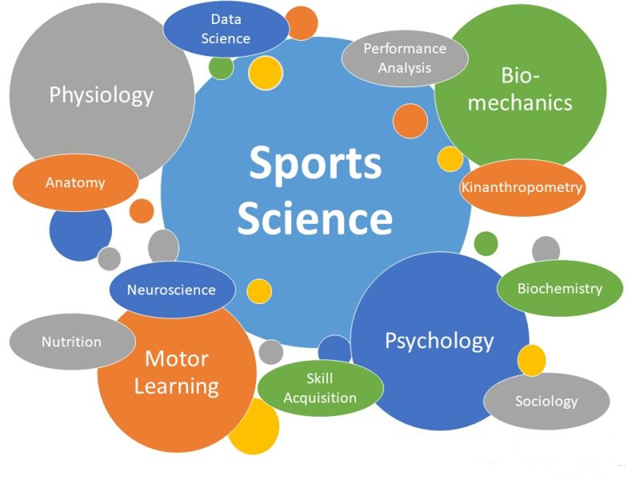When most people think about ageing, they imagine a story of inevitable decline: slowing down, losing mobility, and managing a growing list of medications. Healthcare systems reinforce this narrative, often measuring “success” for older adults by whether they can live independently or walk without assistance.
But step into the world of master athletes — individuals over 35 who continue to train, compete, and in many cases outperform their younger counterparts — and an entirely different picture emerges. Their data tells us something profound: the limits we accept as “normal ageing” are not biological destiny, but the product of sedentary lifestyles and low expectations.
Why Research on Master Athletes Matters
Master athletes provide a living laboratory of what is possible when physical activity remains a constant part of life. Research consistently shows:
- Cardiovascular capacity, muscle mass, and bone density in master athletes remain far higher than in age-matched sedentary populations.
- Rates of chronic disease such as Type 2 diabetes, cardiovascular disease, and osteoporosis are dramatically lower.
- Performance records demonstrate that strength, speed, and endurance can be preserved well into the seventh and eighth decade of life.
In short, they are proof that the ageing process can be profoundly altered through sustained movement, discipline, and lifestyle.
The Conflict With Global Healthcare
So why does this data clash so sharply with mainstream healthcare narratives?
The answer lies in benchmarks. Healthcare systems base their definitions of “healthy ageing” on average populations — and the global average is increasingly sedentary. This means the bar is set perilously low. A 70-year-old who can walk around the block is celebrated as thriving, while a 70-year-old master athlete who completes a triathlon is treated as an anomaly.
This framing has consequences:
- Prevention undervalued: Exercise, despite overwhelming evidence, is still treated as optional rather than prescribed.
- Training overlooked: Medical curricula rarely cover exercise physiology or the impact of athletic ageing, leaving practitioners ill-equipped to promote it.
- Standards misaligned: Instead of using the exceptional health of master athletes to redefine what’s possible, healthcare accepts decline as inevitable.
Raising the Bar
Research on master athletes should not be dismissed as niche. It is a roadmap for societies facing escalating healthcare costs and ageing populations. These athletes show us that:
- Mobility, strength, and vitality can be preserved for decades beyond what we currently expect.
- The majority of “age-related” diseases are, in fact, lifestyle-related.
- Ageing with independence is not the ceiling — it should be the baseline.
If global healthcare adopted even a fraction of these insights, we could shift from a system that manages decline to one that promotes performance at every stage of life.
A Call to Reimagine Ageing
Master athletes remind us that the boundaries we place on ageing are socially constructed as much as they are biological. They are not outliers to be admired from afar — they are evidence of human potential when we commit to long-term health and movement.
It’s time for practitioners, policymakers, and healthcare organisations to raise the bar. Not just for athletes, but for everyone.
Because if we accept decline as inevitable, we get the future we settle for. But if we embrace the lessons of master athletes, we unlock a vision of ageing defined not by frailty, but by possibility.




